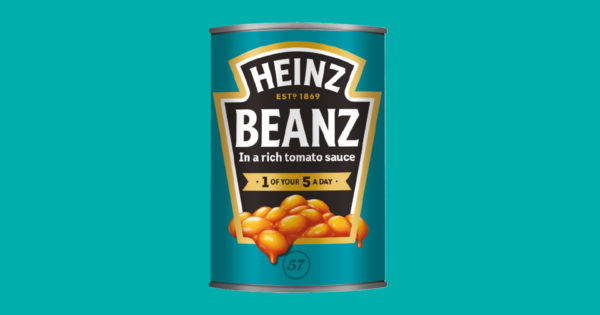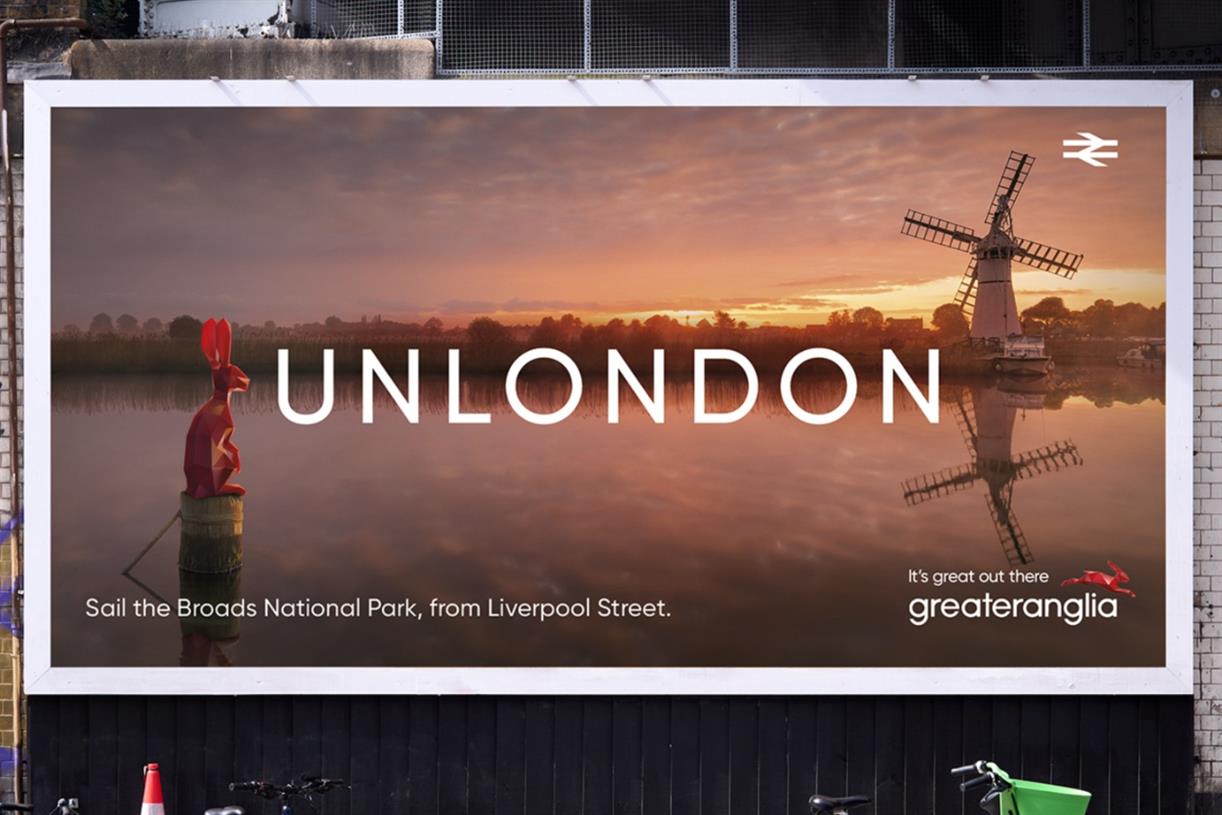How free ad-supported TV can achieve reach, scale and safety
Free-ad supported TV—a.k.a. FAST—is quickly growing, but channel providers need to do more to attract advertisers, including investing in original programming.

While in recent years, the fashion world has been busy throwing it back to the early 1990s with scrunchies and low-rise jeans (nooooooooo), OTT streaming options have been following a similar trajectory to 90’s-era cable, with the growth of free-ad supported TV—FAST for short. Unlike subscription video on demand (SVOD) or even advertising-based video on demand (AVOD), FAST is a continuous streaming service, with preprogramed content that mimics traditional broadcast TV viewing.
A recent study found that FAST is currently the fastest-growing tier of streaming TV. Also, 75% of consumers aren’t bothered by ads as long as the content is free, with 69% adding that they’d go as far as to replacing paid streaming services with ad-supported ones.
Ad Age Studio 30 sat down with Tony Yi, Cadent’s executive VP of business development, to talk about this burgeoning channel, which has doubled in household penetration in the past year.
Ad Age Studio 30: Let’s take a look at the market from the perspective of FAST channel providers. What are they going to need to do in the near future to attract advertisers?
Tony Yi: They’re going to have to market and spend dollars on audience acquisition, versus just leaning back and relying on the distribution mechanisms to feed them viewers. That is, of course, unless they have a hit show.
But that brings up original programming as well. They’re going to have to start investing. They can’t just have these syndicated libraries with content from very niche genres. The free-ad supported TV channels that end up getting real scale are going to have to invest in their own original programming.
Ad Age Studio 30: In order to create quality original content, and therefore draw in consumers, these channels are going to need advertising dollars. What are some other key areas that FAST channels need to focus on for the market to grow?
Yi: You need to have a certain level of brand safety and suitability that’s inherent in the product. We didn’t really worry about this with broadcast television, which for the most part had an intrinsic notion of family orientation. We don’t have that in the FAST world right now.
But it’s a virtuous circle. If you don’t have the ad dollars flowing in, you can’t really have the ability to develop original content – unless you go into deep, deep debt and you have deep, deep pockets to create this incredible library. But you can’t grow your viewership unless you have that library. And then the advertisers need the viewers to correctly price the reach of that FAST channel. So it’s all interrelated.
Ad Age Studio 30: So we’ve got content curation and brand safety and suitability. What’s the last necessary component to success?
Yi: The last challenge is, how do you measure individual FAST channels that have viewership of maybe less than a million up to 2 million monthly people, when your automatic content recognition (ACR) panel has only got 5 million homes, and you’ve got thousands of channels? You’ve got to hope that one of those homes is picking up the stream of that FAST channel. The viewership is going to be elongated and those panels are growing, but not growing to the extent where it can accommodate accurate measurement of thousands of FAST channels.
So those are the three things: safety/suitability, curation, and measurability. I think if you get those three things going, a lot of ad dollars will start pouring into the free ad-supported TV sector, and there will be a proliferation of really great content.
Ad Age Studio 30: Thus far, how have you seen the advertising industry react to FAST channels?
Yi: It’s kind of stale and very niche, not unlike some of the early perceptions of YouTube. The good news about that is we can get a lot of content out there. The bad news is we don’t know if we trust the content or the owner of that content channel. As a result, there’s some anxiousness about the new wave of content that’s coming from these channels. My guess is, we’ll start to see some channels dying out that can’t get the eyeballs.
Also, FAST, if my intuition is correct, will be largely viewed on mobile devices. If my kids are any indicator, people are going to prefer to view this video on a tablet or their phone versus a living room television. There’s no battling for the remote control. Everyone can have their own unique experience and watch what they want.
Ad Age Studio 30: As companies begin setting up marketing budgets for 2023, what are some thoughts you’d give the ad industry about the free-ad supported TV landscape?
Yi: I believe that FAST channels are a key part of the future of TV viewership. If you can apply an audience across a thousand FAST channels, curate content that hits them and gets the reach and scale you want—and you’re confident in the safety/suitability and the contextual relevance of it—you’ve got a winner right there. And with the better economics, why wouldn’t you choose FAST?
Tony Yi
Tony is executive VP, business development, and general manager at Cadent. Tony leads Cadent’s partnerships across inventory, data and platforms, helping us further our mission of being an open platform that connects with all of TV. Tony joined us from OpenSlate, where he was senior VP of corporate strategy and partnerships. Prior to OpenSlate, Tony was general manager of global enterprise/business development at Videology, acquired by Singapore Telecom/Amobee.

 MikeTyes
MikeTyes 
































